Take Montreal Canadiens forward Sean Monahan’s contract as an example of how one team’s bad NHL contract is another’s treasure. The Calgary Flames literally had to pay the Habs a first-round pick to take on the $6.375 million cap hit, but the Canadiens are projected to a) have excess long-term injured reserve (LTIR) cap space and b) be in the running for a second straight lottery draft pick. So, taking on Monahan’s deal made sense on several levels.
Related: Canadiens Set at Center with Monahan but Playoffs Still Unlikely
Consider how Monahan’s deal has just one year left. So, it’s hardly a burden. In fact, if the Canadiens decide to try to move him at the trade deadline (and are successful), it could pay off a second time for the Habs, contributing additional futures to their rebuilding efforts. With that in mind, here are the Habs’ five actual worst contracts heading into 2022-23:
5. Carey Price ($10.5 million cap hit)
A single calendar year can make a huge difference in the career of a single player. Goalie Carey Price is proof of that. One season after he led the Canadiens to their first Stanley Cup Final since 1993, Price played in just five NHL games due to various factors including setbacks suffered rehabbing an injury.
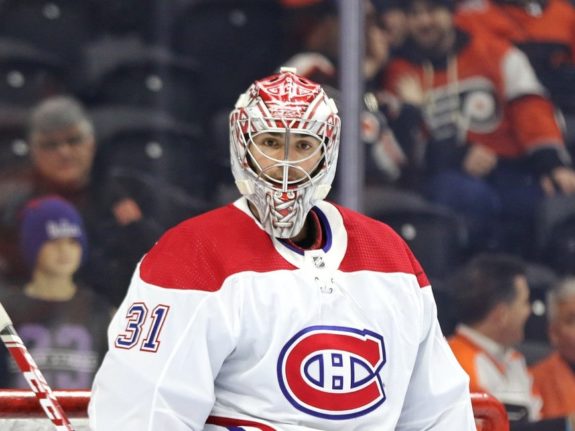
It was also a year ago Price placed No. 1 on this same list (in spite of his Conn Smythe-caliber performance the previous playoffs). However, this time around the Canadiens seem to know in advance how Price’s undeniably exorbitant $10.5 million cap hit is destined for LTIR. As a result, it’s hard to place the contract any higher than fifth overall, following general manager Kent Hughes’ acknowledgement Price is unlikely to play this season.
Many are thinking Price is done altogether. However, again, a lot can happen in a year. The Canadiens can’t simply count on Price staying on LTIR until his contract runs out in 2026. Much like with Shea Weber’s LTIR-destined deal, which they dealt to the Vegas Golden Knights for Evgeny Dadonov, Price’s is probably one they’d like to get rid of too, to give them more long-term flexibility. So, it still receives consideration here, albeit earning just the lowest spot.
4. Josh Anderson ($5.5 million cap hit)
Many see Josh Anderson as incredibly valuable as a fast-skating, physical power forward, who creates space for his linemates. In fact, talking to the media at the NHL Entry Draft, Hughes cited Anderson and the demand he’s in across the league as a reason why they felt fellow-power forward Juraj Slafkovsky was the right pick at No. 1 overall.
Looking at Anderson through that lens, there’s little denying the Canadiens would likely prefer to have him on their team than face him even as they continue to rebuild. However, the Canadiens can’t rebuild forever. Anderson’s deal, which has a cap hit of $5.5 million, runs out in 2027, at which point he’ll be 33.
In the here and now, Anderson’s hit works out fine, seeing as he was a regular top-line player last season. However, assuming Slafkovsky eventually earns his projected spot beside Nick Suzuki and Cole Caufield on that top line, there are no guarantees Anderson stays so much as a middle-six-caliber player by that time. In that case, his $5.5 million hit takes on a different complexion.
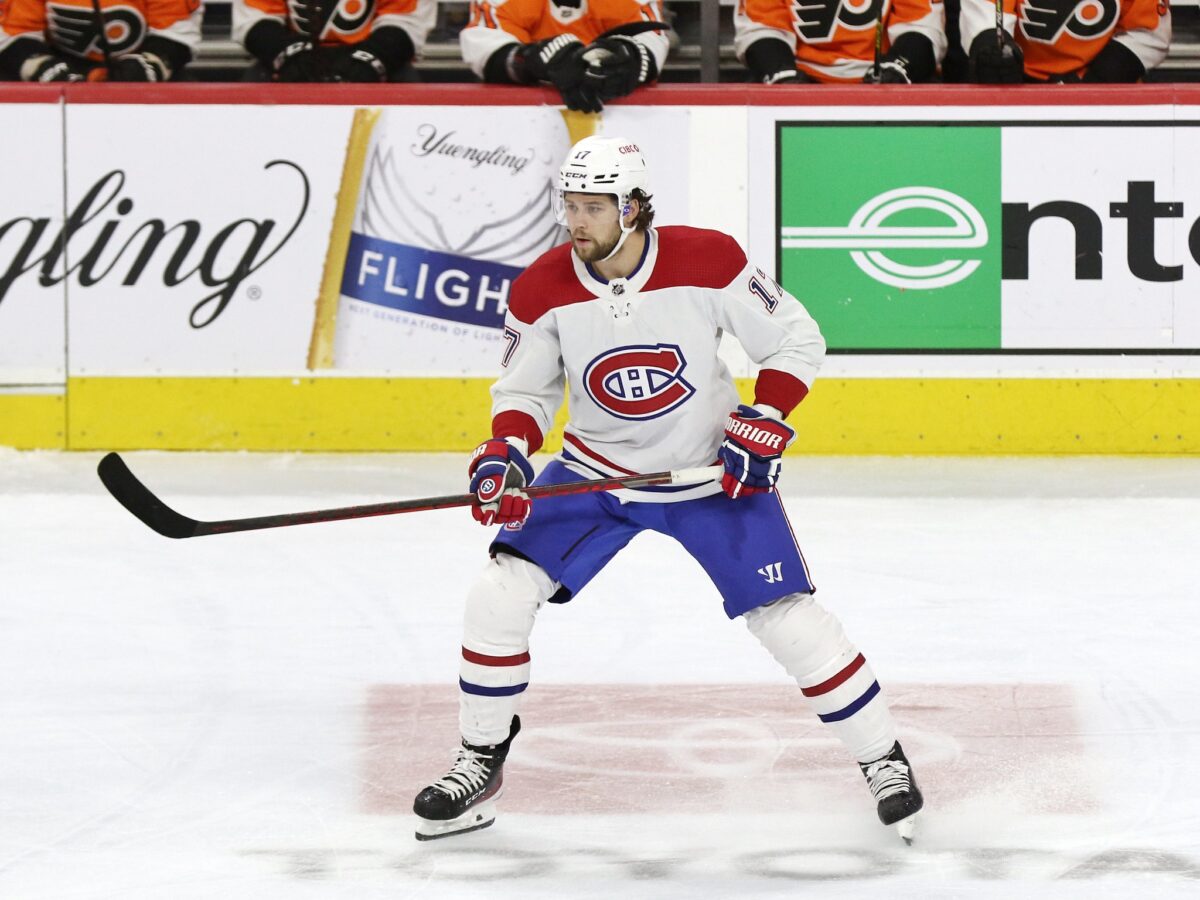
Think Milan Lucic, who’s similar in size to Anderson’s 6-foot-3, 227-pound frame, and was coincidentally 33 this past season. He played just 12:15 per game, which ranked 12th among Flames forwards, which is less than ideal because of his $6 million hit.
Lucic may be an extreme example. However, even though Anderson is a better skater, as a 0.5 point-per-game (PPG) player he’s far from as successful as Lucic was in his prime. Lucic has also held up to injury far better over the years than Anderson in the recent past. So, Anderson has significantly lower to fall on the team’s depth chart, especially with the depth the Habs on their wings. Assuming the Habs have at least one trade left in them this offseason to make roster space, Anderson should at least be considered a viable trade chip by Hughes (not that he necessarily will).
3. Joel Armia ($3.4 million cap hit)
Look no further than Joel Armia, who’s a similar big body, as proof of how bad an at-one-time decent deal can seem without the production to back it up. In 2019-20, Armia scored a career-high 16 goals and 30 points in 58 games, which would make his recent four-year, $13.6 million extension a relative bargain.
However, he followed that up with a just-respectable 14 points in 41 games in 2020-21, after which ex-general manager Marc Bergevin signed the then-restricted free agent to his latest deal. Armia proceeded to score the same 14 points, but in 60 games last season, giving the impression his production is trending lower
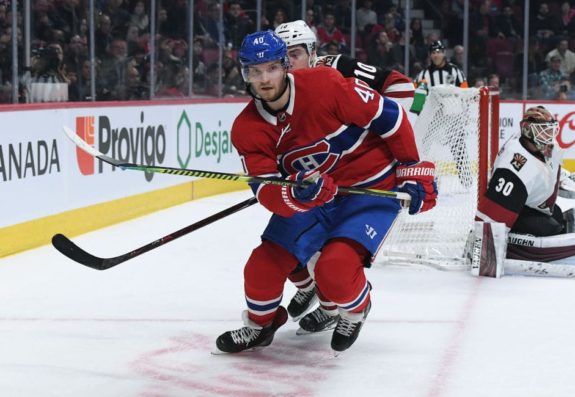
Now, Armia is just 29. Even though his production has effectively been halved the last few seasons, the hope is he has the capacity to rebound. It will be exceedingly difficult due to the aforementioned depth the Canadiens have on the wings, though. Ultimately, Armia is projected to play in the bottom six at least and realistically on the fourth line even, as a depth forward. His $3.4 million hit simply doesn’t justify that deployment.
2. Mike Hoffman ($4.5 million cap hit)
Mike Hoffman ranking No. 2 on this list is arguably a testament to how relatively well-poised the Habs are to rebound in just a few short years. His contract can be seen as a reach in that Hoffman himself is relatively underrated, but he simply hasn’t worked out as a boon to the power play, which ranked No. 31 (13.7%) in the NHL, as initially hoped.
True, Hoffman finished tied with Caufield for second in power-play points with 13. However, it simply wasn’t enough to offset his general lack of production in general, with 35 points in 67 games. It may have been good enough for third on the team, but there’s little reason to expect him to produce more over the last two years of his deal, unfortunately.
Hoffman’s production peaked at a career-high 70 points back in 2018-19 when he played for the Florida Panthers. The next season, it held at a relatively constant 59 points in 69 games. However it dipped significantly to 36 points in 52 games with the St. Louis Blues in 2020-21. So, going on 33, Hoffman could be declining as we speak.
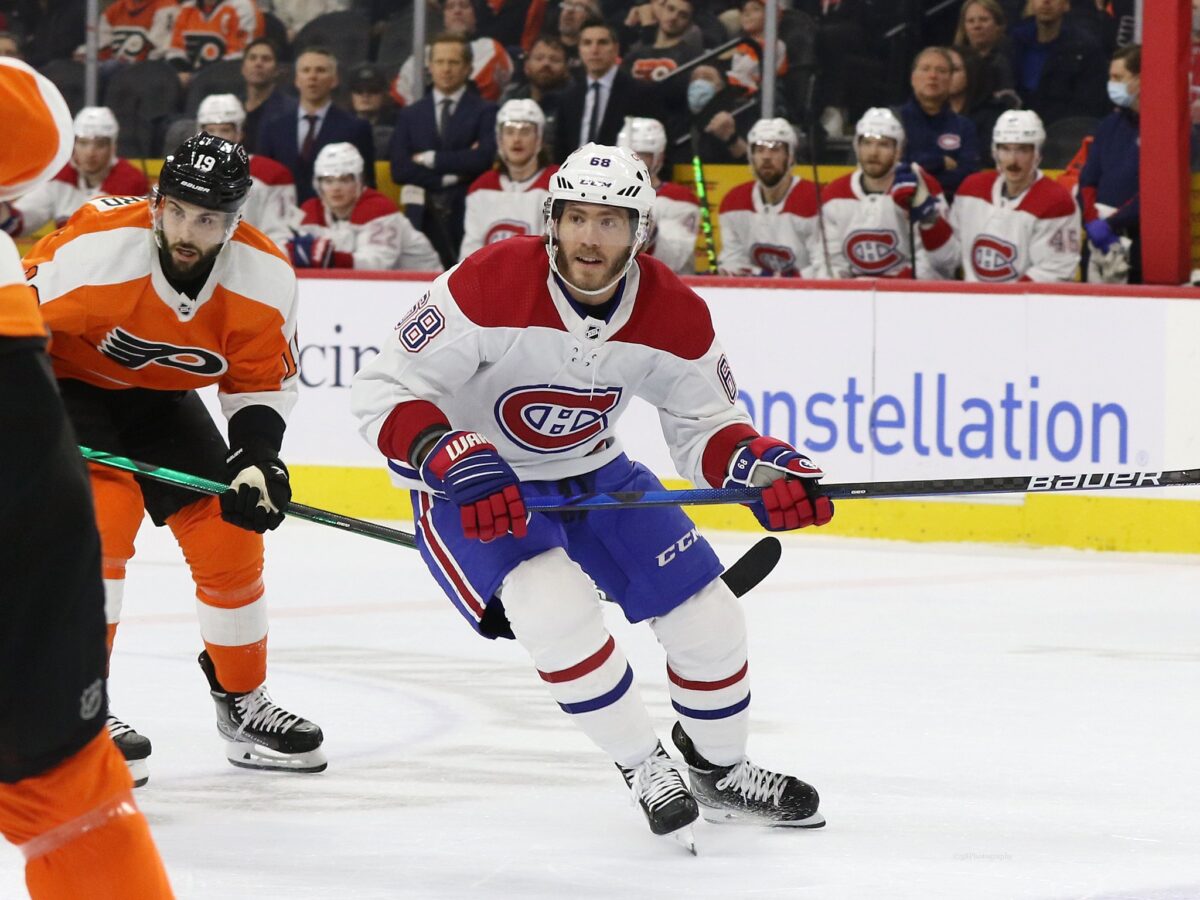
Hoffman also didn’t enjoy the same significant bump in production many other Canadiens did under Martin St. Louis. Before the hiring, Hoffman scored 14 points (seven goals) in 30 games under ex-head coach Dominique Ducharme (0.47 PPG). Under St. Louis, he scored 21 points (eight goals) in 37 games (0.57 PPG). It’s an admitted increase, but one that translates to less than 10 more points over 82 games.
Nevertheless, for the top-six role Hoffman will potentially play, the deal isn’t horrible. It’s just less than ideal for a team who would probably rather give the ice time to someone who’s younger, who has more of a future with the team, beyond 2024. Barring an unexpected shift in the Habs’ philosophy to undergo a rebuild, Hoffman simply doesn’t.
1. Brendan Gallagher ($6.5 million cap hit)
There is perhaps an outside chance the Canadiens can successfully trade Hoffman’s contract. In a worst-case scenario, they’ll simply cut ties with him once his deal runs out in a couple seasons. You probably can’t say the same for Brendan Gallagher’s, unfortunately. But, again, much like with Hoffman ranking No. 2 on this list, Gallagher ranking No. 1 is a sign not all is lost for the Canadiens.
First the bad: Gallagher is suddenly 30 and coming off the worst statistical season of his career, during which he scored just even goals and 24 points in 56 games. Adding insult to injury, it came in the first season of his new six-year, $39 million deal.
“Injury” is arguably apt in that the short summer after the Stanley Cup Final appearance didn’t exactly help Gallagher get to 100% in time for 2021-22. And, considering the abuse he takes on the regular, it’s easy to believe Gallagher when he says it was a huge factor in his disappointing level of production.
So, now the good: Gallagher has at least a chance of rebounding this coming season after the long summer. Based on his long injury history, which includes 56 missed games over the last three seasons, it may not be realistic to believe Gallagher can completely rediscover his scoring touch. However, it’s reasonable to assume the seven goals were an aberration as he had scored or been on pace for 30 goals in each of the previous four seasons.
On top of that, there are also the intangibles Gallagher brings to the table, as the potential next captain of the Canadiens. In that sense, the Habs can still make good use of Gallagher this coming season and hopefully beyond.
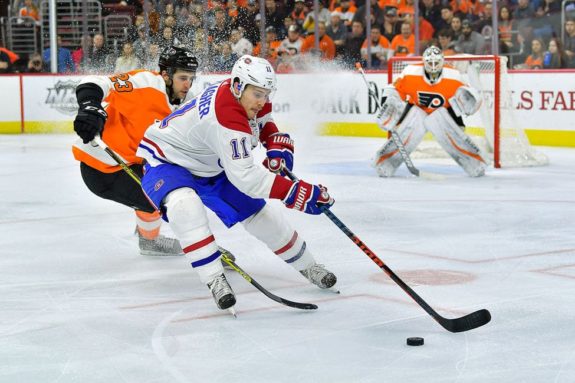
That isn’t to say the Canadiens shouldn’t consider trading Gallagher’s deal if the opportunity comes up in the near future. However, seeing as he’s under contract until 2027 and has a modified no-trade clause, it’s going to take a lot of doing, to the point Habs fans should get used to the idea of Gallagher staying put.
Thankfully, Gallagher isn’t projected to be the burden his 2021-22 season may suggest. The Canadiens definitely need more out of Gallagher, but he has more to give. It remains to be seen how successful he’ll be, but his reputation as the ultimate underdog certainly gives hope he’ll find a way to up his game. If so, he’s right where he belongs with the Canadiens. If not, he’ll stay right where he belongs on this list (but probably still with the Canadiens, for better or worse). Considering the love affair Habs fans have had with him for a decade, things could be way worse, though.
